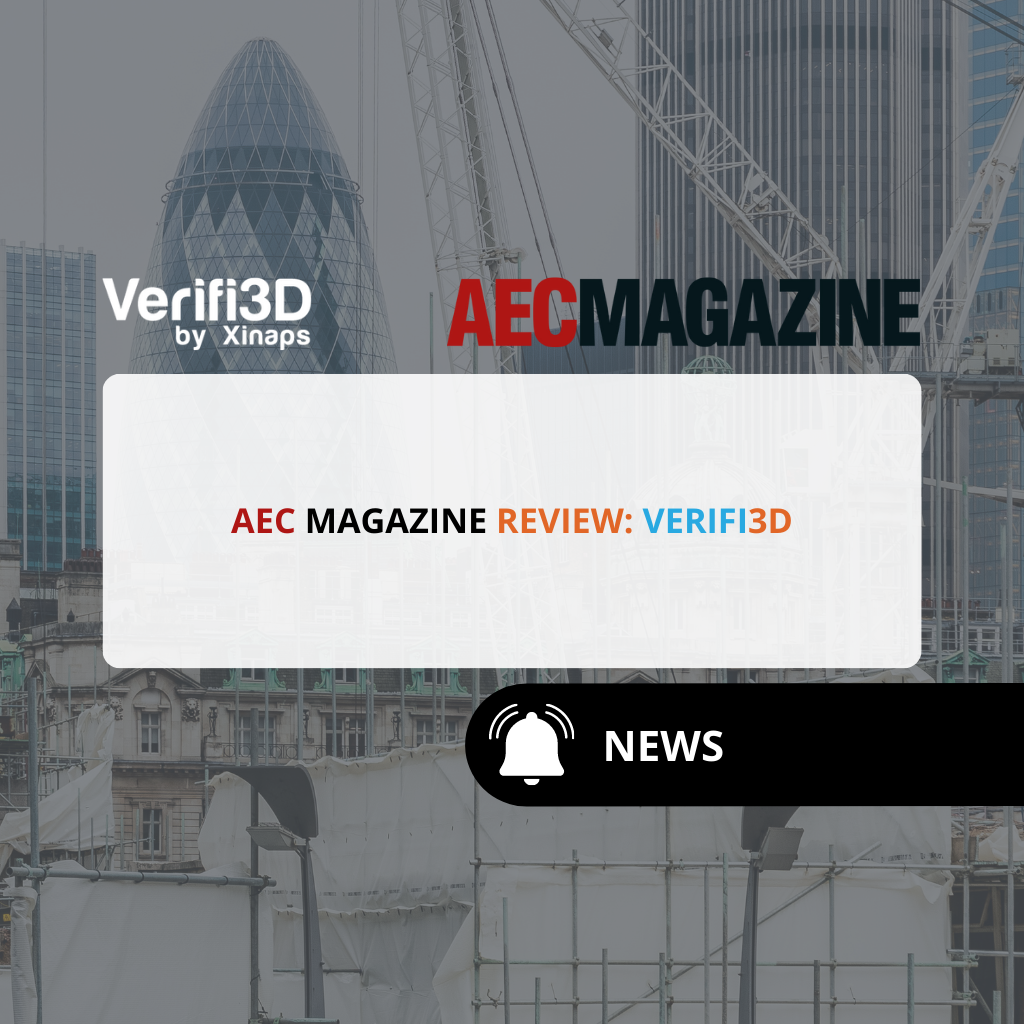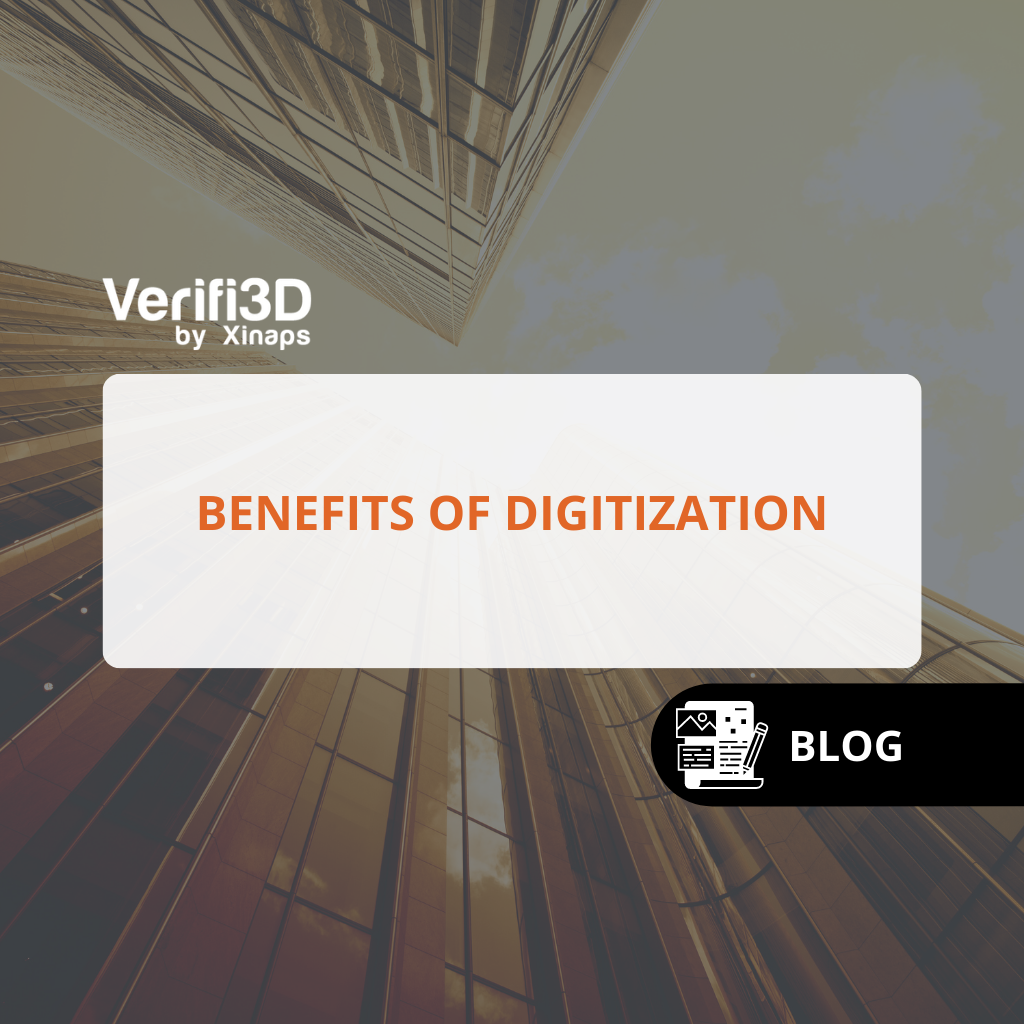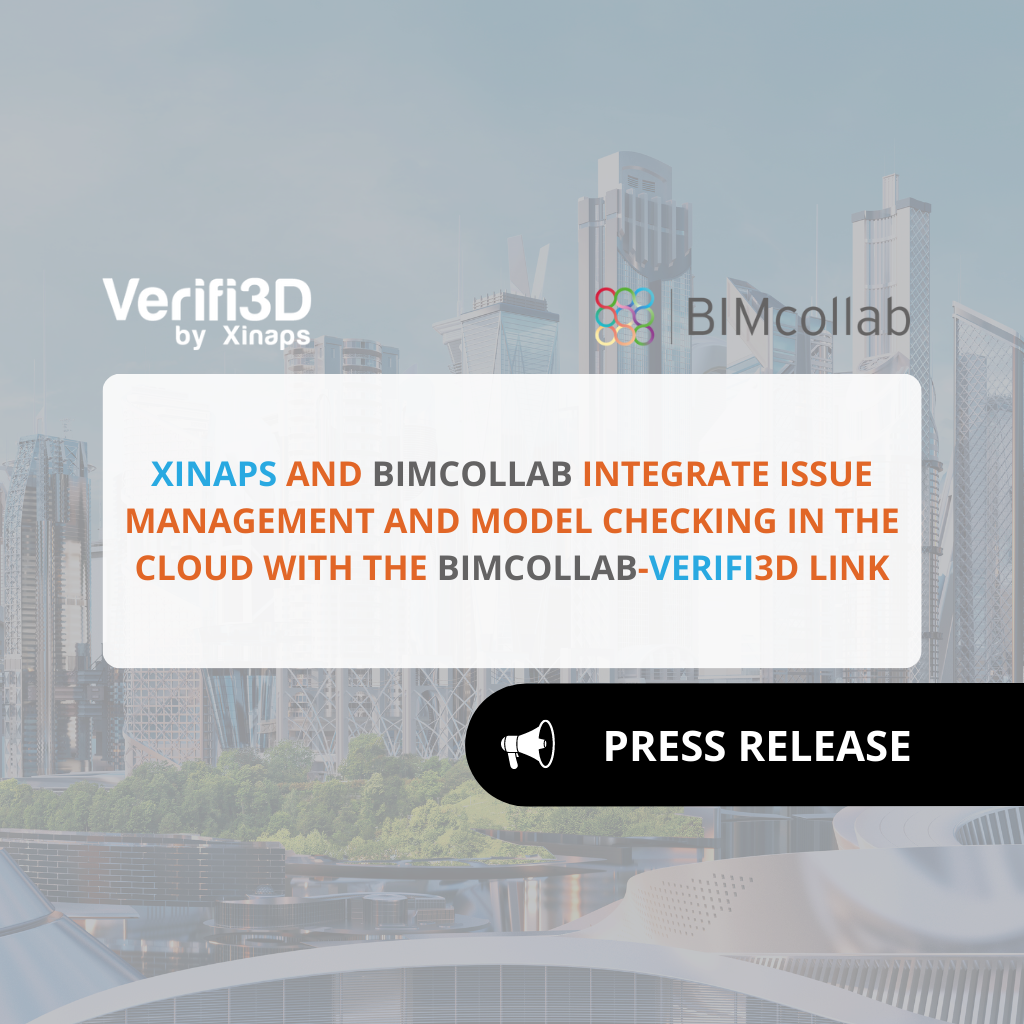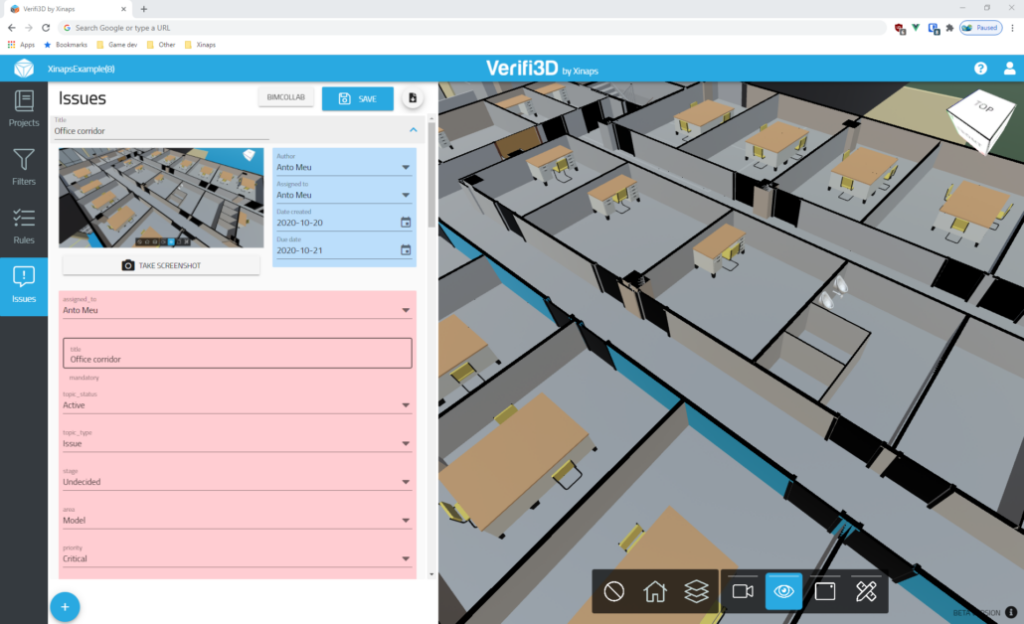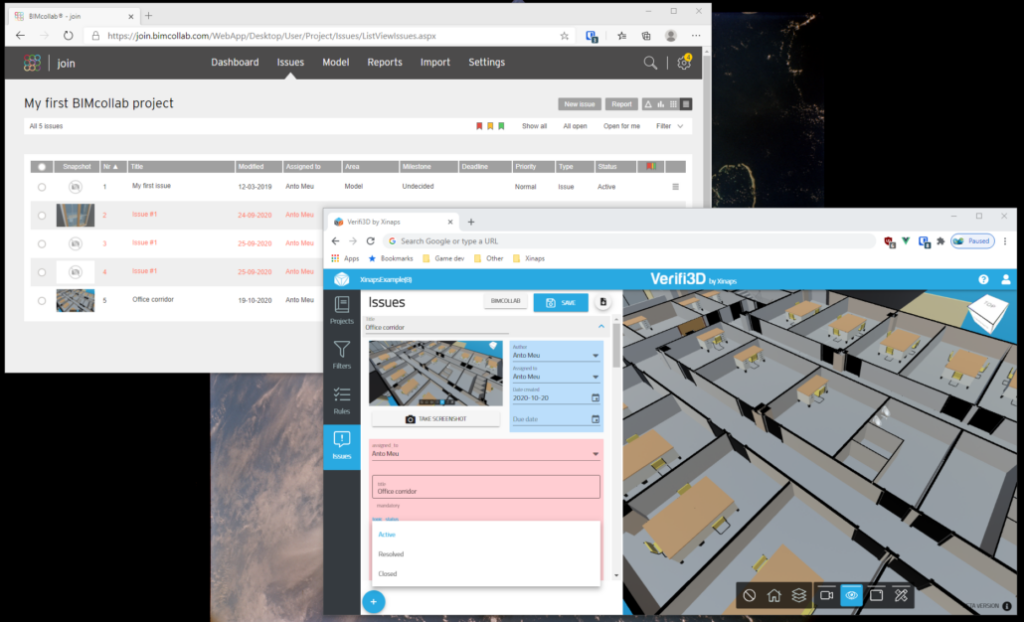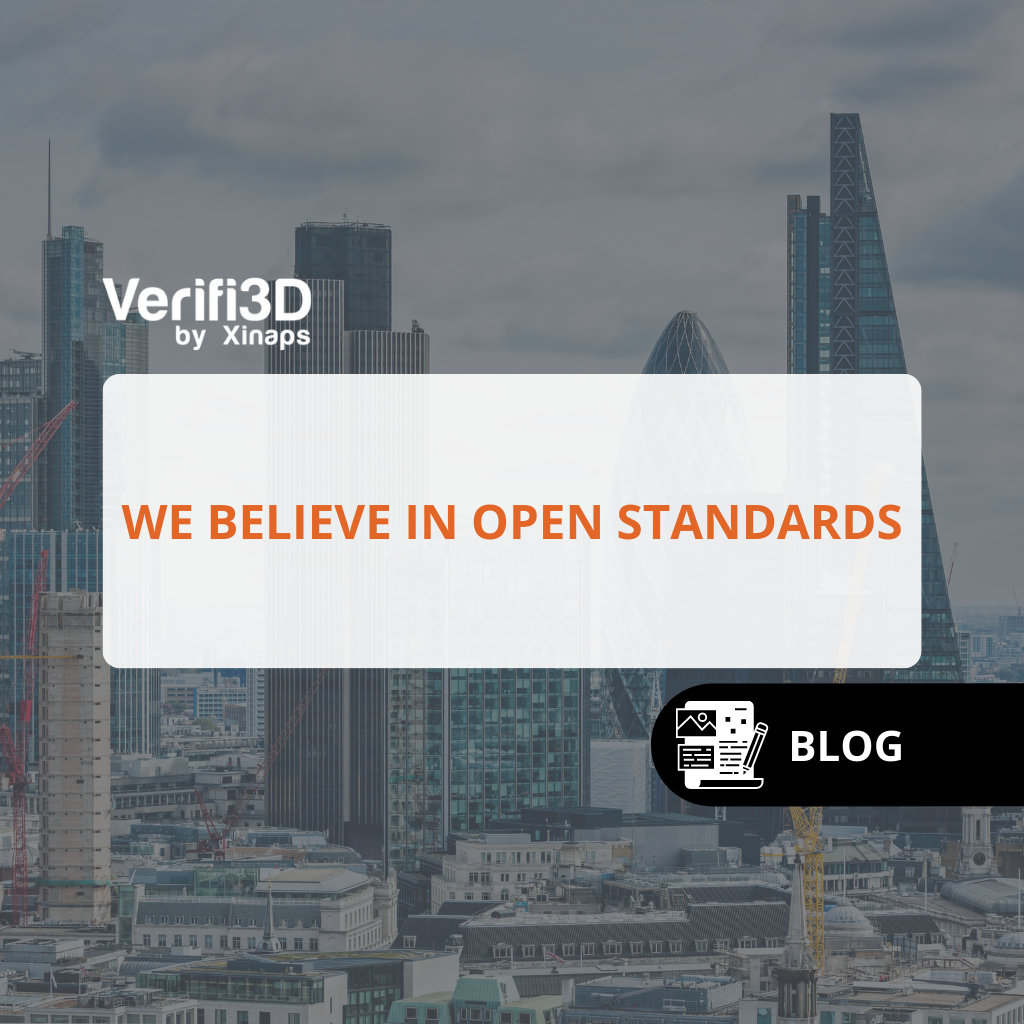What is BIM (Building Information Modelling)?
Reform
The AEC (architecture, engineering and construction) has been the recipient of numerous reform agendas. These reform agendas have been led by, among others, the UK government and within the construction industry have focused upon inefficiencies in the delivery of timely and accurate information throughout contractual phases. As long ago as 1965, Frank Duffy, a president of the RIBA, proposed the concept of Post Occupancy Evaluation (POE) whereby clients would be visited by their architects 2 -3 years after initial occupancy to better understand performance issues of the building. These reports ran in parallel to the ‘Design methods’ movement whereby multidisciplinary teams (including sociologists) proposed that building design could be made more structured and systematic to mitigate the risks associated with the provision of incomplete design information.
The message from these and subsequent reports have remained the same; the information required to design, operate and maintain buildings needs to be better managed to ensure better quality. The provision of improved quality design information which places an emphasis on the whole life cycle of the building and the usability of the facility by client and users can help to reduce energy usage and the cost of maintaining the built asset. In short, better quality information equals better returns on investment and more sustainable buildings.
Summary: Verifi3D recognize that data validation is a vital part of the BIM process. Verifi3D proposes an easy to use, web based platform to allow experts and novices the opportunities to check their data.
BIM
BIM (Building Information Modelling) should not been seen as a complex technological concept, rather as an activity which involves more effective construction processes augmented by technology and effective collaboration of the individuals involved. BIM implementation is the provision of new processes and technologies within construction projects.
Europe is now home to the greatest concentration of government led BIM programs in the World . Governments are demanding better returns on CI expenditure, increased productivity, all built in a more sustainable manner with an emphasis on better quality. A paper by Haltulla et al. (2015) highlighted the barriers and benefits associated with BIM in the construction Industry (CI). The benefits for designers and contractors were seen as ;
1. Internationally compatible process models;
2. Emphasized role of the designer and improved design accuracy;
3. Reduced defects and improved efficiency;
4. Improved building automation and
5. Better management of construction processes.
In contrast the barriers, as highlighted from 10 focus groups conducted with diverse professionals within the CI, were identified as;
· ICT-related barriers;
· Change resistance-related barriers;
· Interoperability or similar problems;
· Organizational and common process-based barriers and
· Training and knowledge-based barriers.
We can conclude that BIM alone is not enough to solve the issues associated with data quality in the CI. The fear of the unknown; resistance to change; difficulties in exchanging information between proprietary formats; lack of time to implement viable approaches has subverted the potential of BIM.
Summary: Verifi3D has identified the importance of providing a software solution which is fit for purpose. Change is difficult but particularly in the construction industry. We prioritize the needs of our users to ensure our approach is focusing on our customer’s needs. We focus on maximizing the value proposition of our product by understanding the needs of our customers and their workflows. Verifi3D simplifies things.
ISO 19650 1&2
BIM (building information modelling) requirements for construction projects in the EU have recently been standardized (2019) in the ISO 19650 – 1 and 2 documents. These documents are based upon work undertaken in the UK for the preparation of the PAS 1192 documents outlining the requirements for BIM level 2 compliance (a level of detail provided within 3D models used on construction projects). These standards highlight a new interrelationship between project, asset and organizational information management in ISO standards. These standards emphasized the importance of providing quality information at the design phase of projects. Through these documents BIM has been formally acknowledged as a vital ingredient in the realization of sustainable built assets within the EU. Tasks associated with project stages are given structure to assist those preparing information deliverables on construction projects. The ISO documents give structure to how the data is checked and validated by the lead appointed party within these processes.
Summary: Verifi3D recognize the need for a simple data validation software. We understand that the process needed for the validation of the data is complex but must be made accessible to all project participants. Project Information requirements (PIR’s) outline the BIM deliverables on projects. These information requirements are constantly fed into Project Information Repositories ( also known as Common Data Environments) where the information is checked (usually by a lead appointed party) to ensure it conforms with the project requirements. Task appointed parties are those charged with providing information to be validated by the lead appointed parties. The advantage of Verifi3D is that it can be used by all project participants and is flexible and robust enough to be used in different workflows.
Better Quality Information
Interoperability, processes and collaboration are explicit focuses of the EU approach to BIM standardization. Common standards are the focus for improved performance, efficiencies and competition within the EU. Sustainability converges with BIM through facilitating better environmental performance through improved decision making. It is predicted that BIM can predict and inform decisions regarding carbon footprints, material choices, waste, operations and maintenance, documentation of environmental impact and Post Operation Evaluation (POE). The ISO 19650 proposes a structure upon which the EU AEC industry can base its data validation processes to ensure more sustainable and accurate data outputs.
Summary: Verifi3D becomes a vital tool for the classification, validation and reporting of information deliverables on construction projects. At each stage of construction projects Verifi3D ensures quality information is delivered to optimize the construction process and prevent unnecessary expenditure on mistakes and rework. This is achieved with a robust, flexible and easy to use, cloud based data validation solution.



